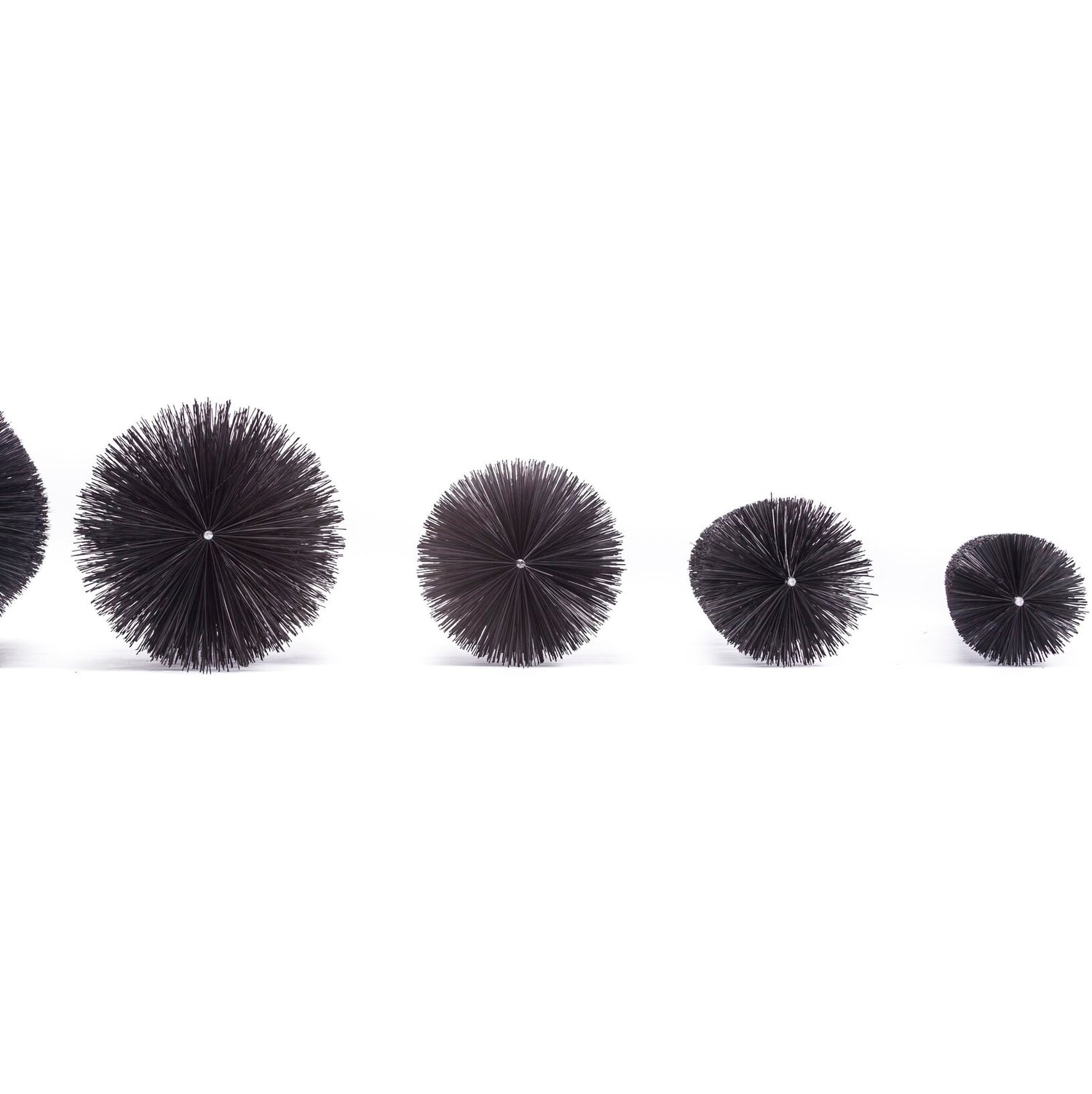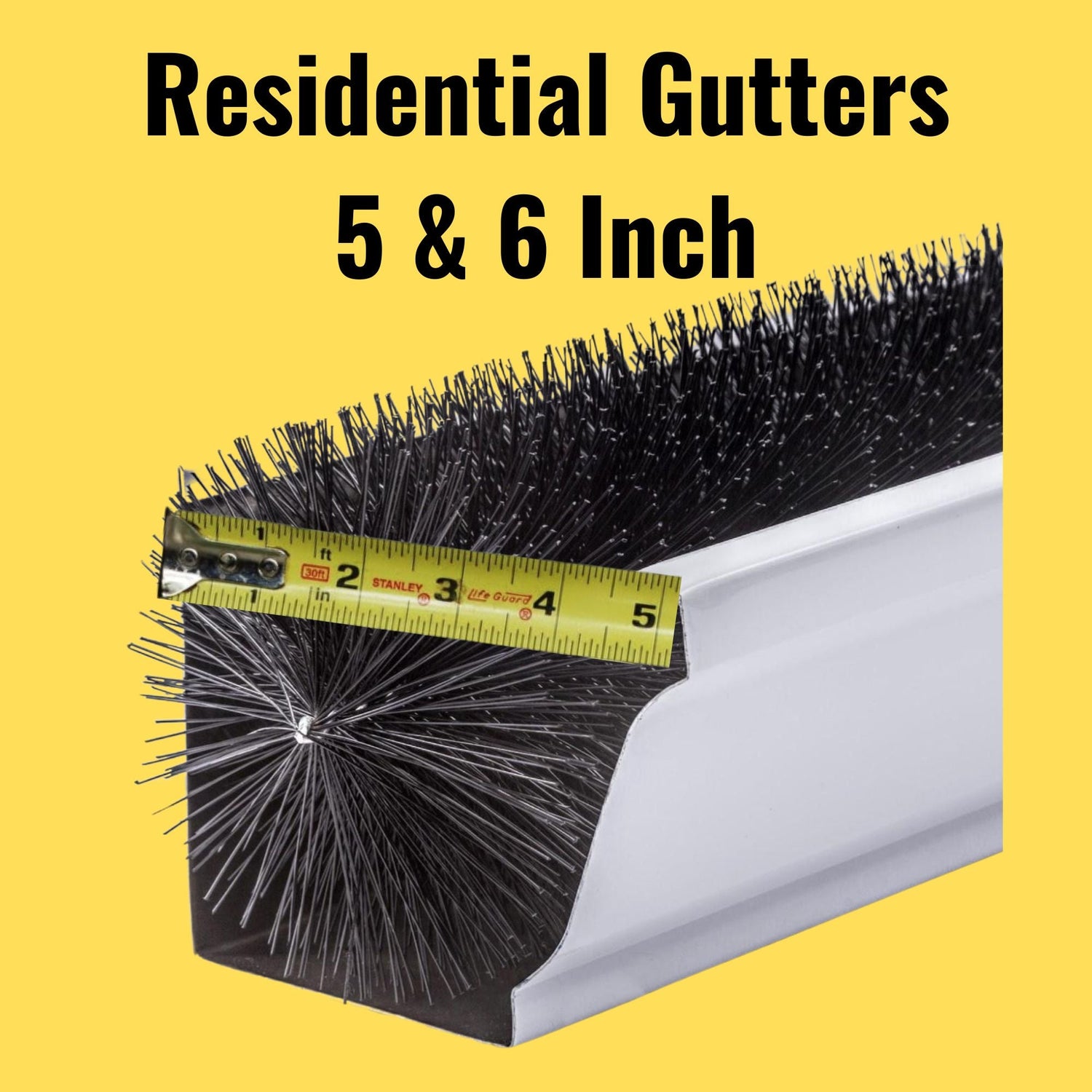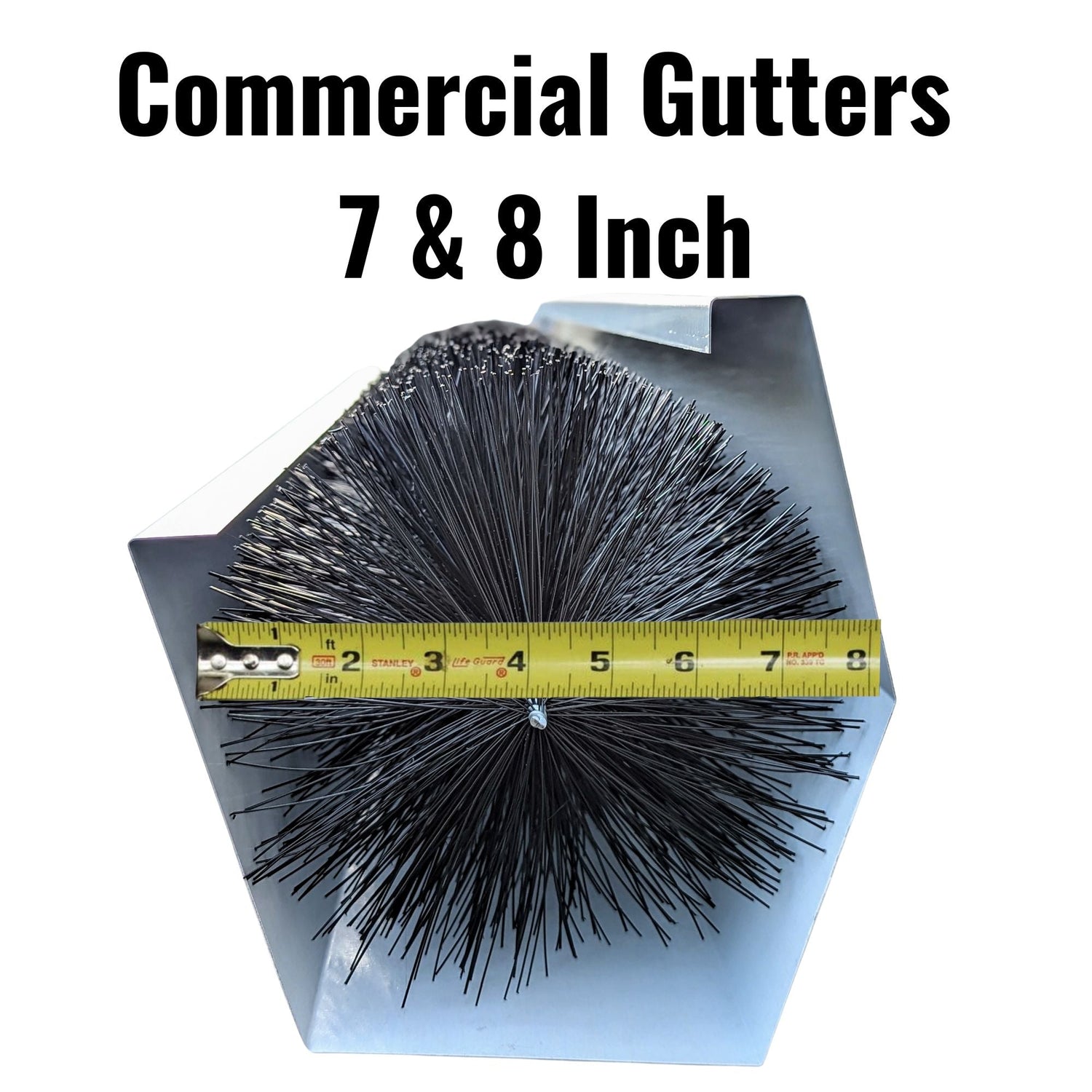As a roofing professional with over 25 years of experience working on metal building roofs in the Northeast USA, I’ve responded to countless calls from frustrated building owners dealing with mysterious water intrusion. The challenge? Determining whether the water inside a metal building is coming from a roof leak, condensation, or a gutter backup. Metal buildings present unique challenges when it comes to leaks—water can travel great distances before revealing itself inside the building, making it difficult to track the location of the source. Over the years, I’ve developed key techniques to pinpoint where water is coming from and how to stop it. In this article, I’ll share my experiences, tips, and troubleshooting methods to help you find and determine the source of your metal building water problems.

Roof Leaks in Metal Buildings: A Challenge
Pre-engineered metal buildings aka PEB buildings air steel buildings, are an excellent, cost-effective building system, but they are also notorious for leaking. One of the biggest challenges with metal building roof leaks is that water often does not show up inside the building at the same spot where it enters from the roof. Instead, the water follows the path of least resistance—typically running along the bat insulation that lines the interior ceiling—until it eventually drips into the interior, sometimes dozens of feet away from where the actual breach occurred. This can make it incredibly frustrating for owners and roofers alike to determine the exact source of the problem.
Common metal building roof leaks stem from fasteners, flashing, skylights, ridge caps, and improperly installed panels. However, not all water problems in a metal building originate from the roof—many times, condensation can be the real culprit, fooling even experienced contractors into chasing a "roof leak" that doesn’t actually exist.
Metal Building Condensation: The Phantom Leakage
In colder climates, condensation inside metal buildings can be substantial, voluminous, and incredibly deceptive. Like a roof leak, condensation buildup can travel along insulation or interior panels before appearing in a seemingly random spot inside the building. Because condensation is invisible until it accumulates into a substantial amount of water, many building owners dismiss it as a possible cause of leakage or water intrusion in metal buildings.

To understand how significant condensation can be, think about a glass of ice water sitting on a wooden table on a humid summer day. The outside of the glass collects so much moisture from the air that it can drip down and even damage the wood. The same process happens in metal buildings: when the cold metal roof panels or siding meet warm, moist air inside the building, condensation forms. If there isn’t proper ventilation or insulation to allow the moisture to evaporate, it builds up into enough water to fool the owner into thinking they have a roof leak.
This misdiagnosis can be costly—many owners spend thousands of dollars hiring roofers to repair leaks that don’t actually exist. If condensation is the true issue, the problem won’t go away no matter how many roof patches or sealants are applied. Addressing condensation requires improving insulation, adding vapor barriers, and increasing ventilation to prevent moisture buildup in the first place.
Metal Building Gutter Problem and Gutter Backup Is Commonplace
Many metal building water problems begin at the gutter, not the roof. Water infiltration from the gutter system is particularly tricky because it often appears on the floor inside the building, making it difficult to trace back to the source.

Most metal buildings use sculpted eave gutters (also called sculptured gutters), which are designed with an inherent flaw: the outer edge of the gutter is significantly higher than the back edge that sits against the building. This means that if the gutter clogs with leaves, ice, or debris, water naturally overflows toward the building, seeping into the structure instead of spilling outward. This metal building gutter design is very flawed, yet this style of gutter is being installed daily. In many cases, this gutter backup is mistaken for a roof leak when in reality, the water is simply backing up and overflowing the gutter and finding its way back inside the building through the seam above the gutter and below the roof panel.
The best way to prevent gutter-related leaks in metal buildings is to ensure that gutters remain clear and free-flowing. If the metal building gutter does not clog, it will not back up and leak into the building. Installing GutterBrush, a simple, effective gutter protection system, helps keep gutters clear of debris and prevents clogging that leads to backup and interior leaks. Since GutterBrush is a DIY-friendly solution that requires no tools or fasteners, it’s an easy, long-term fix for metal building owners dealing with gutter overflow problems. Most gutter guards will not fit metal building sculpted eave gutters because of the high front gutter edge and because the outer edge of the gutter is strapped to the roof so the straps impede the installation of a gutter guard, filter or gutter screen. Most people think there is no solution to stop gutter clogging in metal building gutters but that is not true. You can click the below picture to see GutterBrush gutter guards for commercial and metal buildings.
Typical Roof Leak Reasons in Metal Buildings
After years of investigating metal building leaks, I’ve found that the most common roof-related water intrusion issues are:
-
Skylights and Base Flashings – Skylights and the base flashings around fan curbs or other rooftop penetrations are frequent sources of leaks. These areas require continuous waterproofing maintenance, as sealants and flashing materials degrade over time.
-
Exposed Roof Fasteners – Many metal building roofs have exposed screw fasteners, and each one is a potential entry point for water. If a screw is not properly seated into the steel purlin below, it can allow leaks to develop over time.
-
Ridge Cap and Ridge Vent Issues – The ridge cap is another common weak spot, especially if the metal roof panels were cut too short during installation. If they don’t extend far enough under the ridge vent, wind-driven rain can easily penetrate the building. Additionally, the metal panels must be bent upward at the ridge to prevent water from being forced inside during high winds. This is a common source of metal building leakage.

How to Tell Metal Building Condensation From a Roof Leak
An experienced roofer knows that solving a metal building leak isn’t just about making an educated guess—it requires careful documentation and an understanding of weather patterns. The best roofers keep notes on every call, including:
- The weather conditions at the time of the leak
- The wind direction and intensity
- The duration and type of precipitation (rain, snow, slush, etc.)

By tracking this information, patterns often emerge. For example, if the roof only leaks during high winds, this suggests an issue with the ridge vent rather than a general roof failure. And if the roof only leaks when the wind is from a certain direction, this is also an important clue to determine the location of the leak. Reviewing the notes from current and past leakage can be very helpful towards solving the problem.
Is it Metal Building Condensation, or a Roof Leak?
To differentiate condensation from a true roof leak, a roofer should inspect the building during both wet and dry periods. If moisture appears inside even when there hasn’t been recent rain, condensation is likely the cause. Additionally, checking the roof insulation from inside the building can provide clues. Get up on a ladder or a man lift in order to access and make a hole in the insulation to feel if it is wet on the other side. If the insulation is wet but there has been no precipitation, condensation is the most likely explanation. Condensation issues will occur whether it has rained or not. Keeping a journal can often be the only way to draw conclusions.

Where Is the Metal Building Moisture Coming From?
Determining the source of water in a metal building—whether it’s a roof leak, condensation, or gutter overflow—can be challenging. Many leaks aren’t actually leaks at all, but rather the result of condensation buildup. Roof leaks often show up far from where they originate, making them tricky to diagnose. Gutter problems are one of the most overlooked causes of water infiltration, and clogged metal building gutters frequently back up and allow water to enter the structure and show up on the floor.
By following the troubleshooting tips in this article, you should be able to identify whether your water problem is due to condensation, a roof leak, or a gutter backup. Fixing metal building leaks requires a systematic approach:
- For condensation issues, improve insulation, ventilation, and vapor barriers.
- For roof leaks, inspect common problem areas such as ridge vents, skylights, and exposed fasteners.
- For gutter-related leaks, prevent clogs and overflows by installing GutterBrush, which keeps gutters clear and free-flowing year-round.
If you’re struggling with metal building water problems and need expert advice, contact us today at 888-397-9433 or info@gutterbrush.com. We’re here to help you find the best solutions for keeping your metal building dry and problem-free! Check us out at www.gutterbrush.com.





